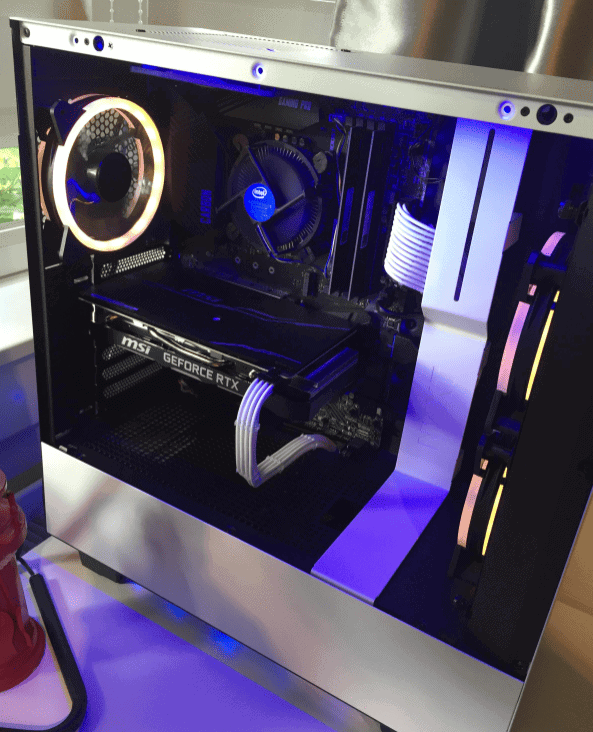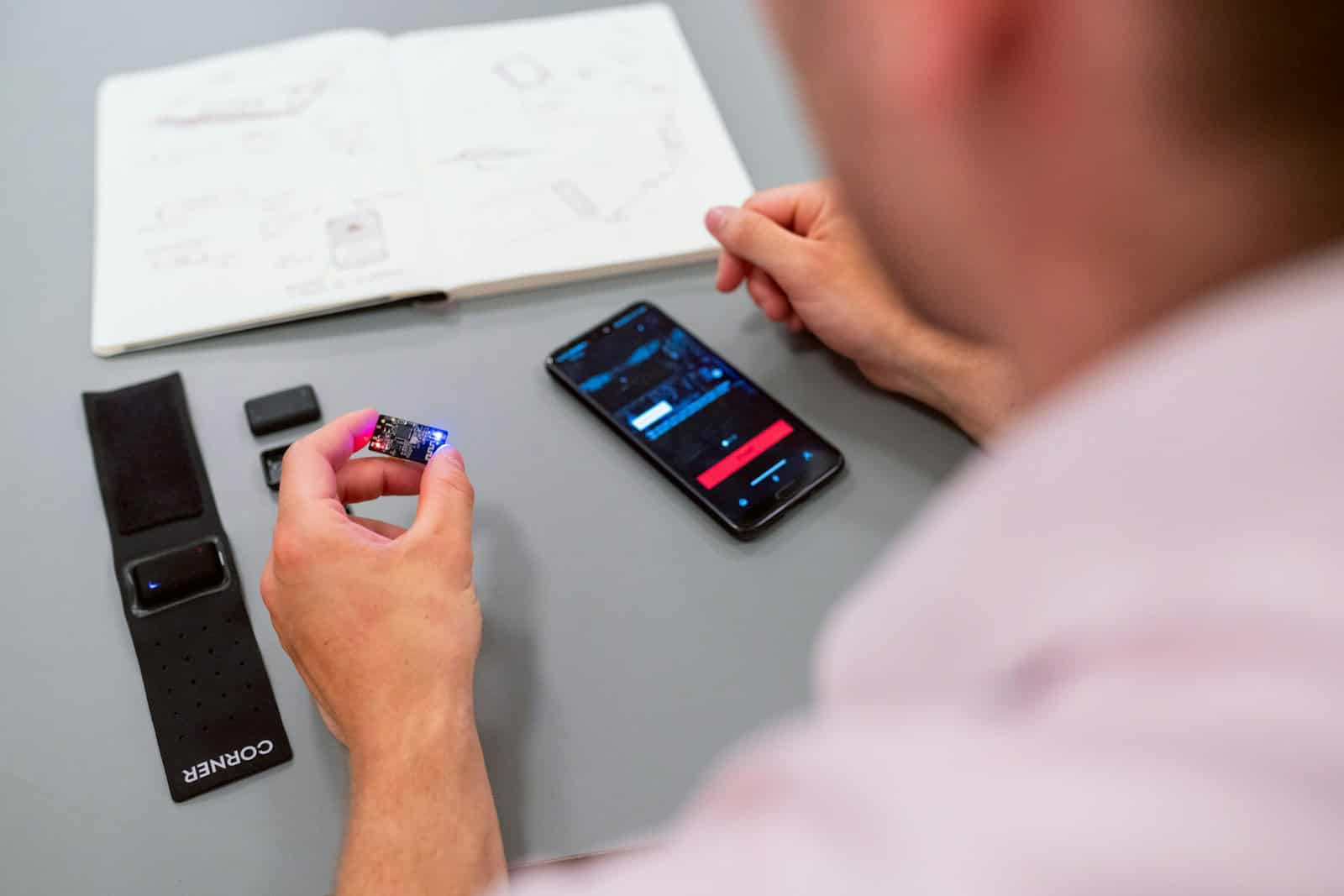This comprehensive guide aims to solve common problems like Computer Not Connecting to Wi-Fi, a Broken Computer CD/DVD Drive, how to Fix a Cracked Computer Screen, and more. Whether you’re facing a computer that won’t turn on, dealing with strange computer noises, or need to remove a computer virus, you’ll find practical solutions here.
Troubleshooting 101
Computer problems can be incredibly frustrating. But fixing problems yourself can save you time and money. Try these easy tricks before reaching out for professional help.

The Basics: Check Connections and Restarts
It’s easy to forget, but loose cables are a common issue! Before getting frustrated, make sure these are in place:
- Power cable: Check that both ends of the power cable are firmly plugged in.
- Monitor cable: If nothing shows up on your screen, check that the monitor cable is securely connected to both the monitor and your computer.
- Peripherals: Keyboards, mice, printers, and similar devices can all have connection issues.
If everything is plugged in correctly, a restart often helps. It’s a classic solution for a reason! Try turning your computer off and back on again.
Is It Software or Hardware?
Figuring out whether the problem is software or hardware will help your troubleshooting journey. Here’s the difference:
- Software problems are often caused by bugs within a program or the operating system. Symptoms might be crashes, freezing, or odd error messages.
- Hardware problems mean that a physical component of your computer, like the hard drive or graphics card, isn’t working right. Common problems include a computer not turning on at all or weird noises coming from the device.
Tackling Software Problems

Here are some things you can do to fix software hiccups:
- Updates: Make sure your operating system and the program in question are up-to-date.
- Reinstallation: Try uninstalling and reinstalling the problematic software.
- Online resources: Search online for solutions or check the software developer’s website for help.
Dealing with Hardware Problems
Hardware problems can be trickier, but here’s how to start:
| Problem | Potential Solution |
|---|---|
| Computer won’t turn on | Check power supply and connections. Consider replacing the power supply. |
| Overheating | Clean the computer’s fans, ensure good airflow, and consider thermal paste replacement. |
| Strange noises | Identify the source of the noise. This could indicate a failing hard drive or fan. |
| Graphics issues | Update graphics drivers or consider hardware replacement. |
When to Call a Pro
If these basic steps don’t help, it may be time to call a repair service. This is especially true if you suspect a major hardware issue or worry about making the problem worse.
Remember, always use caution when working on the inside of a computer. Be sure to disconnect it from power before you start.
Level Up Your Troubleshooting Skills: Extra Tips and Tricks
Digging Deeper into Software Problems
Software problems can be a real headache. They can cause your computer to crash, freeze, or display strange error messages. Here are some common software issues and how to tackle them:
- Operating System Errors: These can range from minor glitches to major crashes. Sometimes, simply restarting your computer can fix the problem. If not, you might need to run a system diagnostic tool or even reinstall your operating system.
- Program Crashes: If a specific program keeps crashing, try updating it to the latest version. Reinstalling the program can also help. Check online forums or the software developer’s website for known issues and solutions.
- Driver Issues: Outdated or corrupted drivers can cause various problems, including hardware malfunctions and performance issues. Make sure your drivers are up-to-date by checking the manufacturer’s website or using a driver updater tool.
- Malware Infections: Viruses, spyware, and other malware can wreak havoc on your system. Run regular scans with a reliable antivirus program and keep your security software updated.
Troubleshooting Hardware Headaches
Hardware problems can be trickier to diagnose and fix. Here’s a closer look at some common hardware culprits:
- Hard Drive Failures: A failing hard drive can cause slow performance, data loss, and boot errors. Listen for unusual noises like clicking or grinding, which can indicate a problem. Back up your data regularly and consider replacing your hard drive if it shows signs of failure.
- RAM Issues: Faulty RAM can lead to crashes, freezes, and error messages. Run a memory diagnostic tool to check for errors. If problems are found, you may need to replace one or more RAM modules.
- Overheating: Excessive heat can damage components and cause system instability. Clean your computer’s fans and vents regularly to ensure good airflow. Consider reapplying thermal paste to the CPU and GPU to improve heat dissipation.
- Power Supply Problems: A faulty power supply can prevent your computer from starting or cause intermittent shutdowns. Check the power cord and connections. If you suspect a power supply issue, it’s best to have it replaced by a professional.
Protecting Your Data: The Importance of Backups
Before you start any troubleshooting or repairs, back up your important data! This will prevent data loss in case something goes wrong. There are several ways to back up your data:
- External Hard Drive: Copy your important files to an external hard drive for safekeeping.
- Cloud Storage: Use cloud services like Google Drive, Dropbox, or iCloud to store your data online.
- System Image: Create a complete image of your hard drive using system backup tools. This allows you to restore your entire system to a previous state.
Troubleshooting Tips for Different Operating Systems
| Issue | Windows | macOS | Linux |
|---|---|---|---|
| Slow Performance | Run Disk Cleanup, Defragment hard drive | Use Disk Utility, Optimize storage | Clear cache, Free up disk space |
| Network Problems | Troubleshoot network connections | Check network settings, Renew DHCP lease | Check network configuration, Restart network |
| Software Crashes | Update or reinstall software | Check for updates, Reinstall application | Update packages, Reinstall application |
By following these tips and taking a systematic approach, you can troubleshoot many common computer problems and keep your system running smoothly. Remember to prioritize safety and back up your data before attempting any repairs. If you’re unsure about a problem, don’t hesitate to seek professional help.
Understanding the Basics of Computer Troubleshooting
1. Identifying the Problem
Before diving into repairs, it’s essential to diagnose the issue accurately. Is your computer not starting, running slowly, making odd noises, or showing error messages? Understanding the problem is the first step towards a solution.
2. Common Computer Issues and Quick Fixes
Many computer issues, such as slow performance or connectivity problems, can often be fixed with simple solutions like restarting the device, checking cable connections, or running a virus scan.
Dealing with Specific Computer Problems
3. Computer Not Connecting to Wi-Fi
A common frustration. This can often be resolved by checking your Wi-Fi settings, restarting your router, or updating network drivers.
4. Repairing a Broken Computer CD/DVD Drive
If your CD/DVD drive isn’t working, check for physical damage or driver issues. Sometimes, a simple cleaning of the lens or updating drivers can fix the problem.
5. Fixing a Cracked Computer Screen
A cracked screen might seem daunting, but in many cases, it’s a replaceable part. Depending on your computer model, you might be able to do this yourself or may need professional help.
Advanced Computer Repairs
6. DIY Computer Repairs: Risks and Rewards
Tackling repairs yourself, like fixing hardware issues or replacing components, can be rewarding but comes with risks. Ensure you have the right tools and knowledge before attempting.
7. Professional Computer Repair Services
Sometimes, the best choice is to consult professionals. Services range from virus removal, hardware repairs, to data recovery. Companies like uBreakiFix and Micro Center offer a range of services for various issues.
Safety and Maintenance
8. Computer Repair Safety Tips
Safety is paramount. Always disconnect from power sources and be mindful of static electricity when handling internal components.
9. Preventive Maintenance: Keeping Your Computer Healthy
Regular maintenance, such as cleaning your computer fan, updating software, and running antivirus scans, can prevent many common problems.
FAQs
How can I fix a computer that won’t turn on?
Check the power supply, ensure the battery is charged (if applicable), and try a different power outlet. If these don’t work, it might be a hardware issue.
What should I do if I hear a strange noise from my computer?
Strange noises often indicate a hardware problem, like a failing hard drive or an overheating fan. It’s advisable to consult a professional.
How can I remove a computer virus?
Run a reliable antivirus program and follow its instructions to remove the virus. In severe cases, you might need to reset or reinstall your operating system.
Is it safe to perform DIY computer repairs?
DIY repairs are safe if you have the necessary knowledge and tools. However, for complex issues, professional help is recommended.
How often should I clean my computer fan?
Cleaning your computer fan every 6 to 12 months is recommended to prevent overheating and maintain optimal performance.







